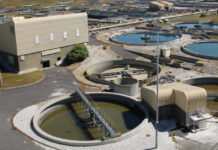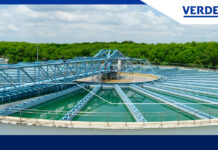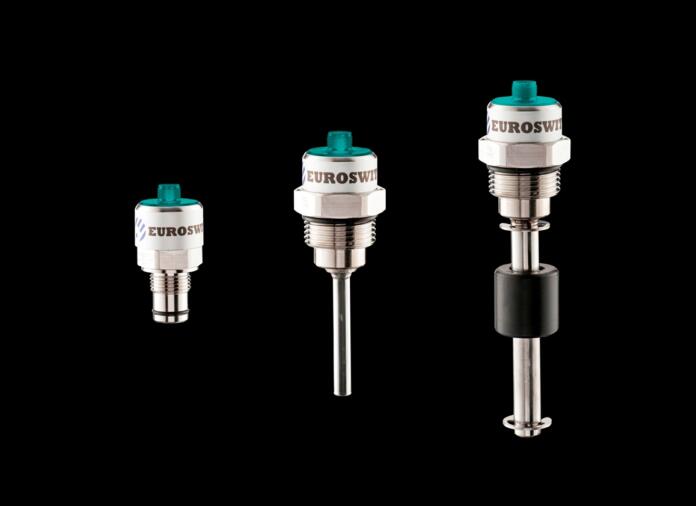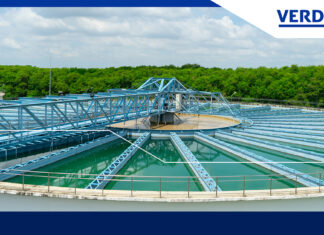REGULAR checks or enforced system inspection at the time of shift changes is an excellent practice that should be part of monitoring and analysis to achieve hydraulic systems’ operational efficiency.
The inclusion of inexpensive diagnostic tools alerts the system engineer to decreased system efficiencies while providing reports and data on below par conditions. This can mean the difference between a simple fluid top up or the catastrophic starving of the pump and resultant pump failure. Such checks should cover fluid levels, operating pressures, system temperatures, levels of fluid contamination, flowrates and the effectiveness of filtration in keeping oil to the required levels of cleanliness.
Hydrasales Cape Town, product support, Kevin Walker advises; “A stitch in time saves nine. Simple maintenance should not be neglected.”
Switch & sensor basics
The Euroswitch range of products is offered as a simple switch or sensor. Switches are available as N.O. (Normally open) or N.C. (Normally closed). This simply means it will either open or close an electrical circuit. SPDT switches allow for N.O., N.C. or both. This makes the range very versatile and suited to most electrical circuits.
Euroswitch management systems are certified to UNI EN ISO 9001:2015 for Quality to UNI EN ISO 14001: 2015 for Environmental protection and with Management Certification for health and safety at work UNI EN 45001:2018.ibuto make the company a receptive, dynamic interlocutor, ready to anticipate the times and
Kevin Walker adds. “A simple application of a switch like this can either stop a machine or alert the operator to faults such as low fluid levels or excessive system temperatures.”
Sensors allow for monitoring via a transmitter, transducer or resistive sensor. The operator or maintenance team can receive live readings of temperature, level or pressure whether it be on a display at the operator’s station or linked to the network.
System Engineers should not neglect protective measures. It is cost effective!
Some may think that the inclusion of sensors or switches is costly and complicated. It is NOT!
A simple, inexpensive low fluid level switch can be had for around R1 500 and can save thousands of rands in repairs. A low-level indicator is recommended to be attached to the hydraulic tank and linked to the electrical circuit. Hydrasales, Cheryl Johnson mentions; “Typically, it will prevent system start-up if low fluid level is measured or reached. This is a very basic yet crucial requirement of a hard working system.” Low levels of fluid can easily add extra heat to a system or worse, starve a pump. It has to be noted that a hydraulic pump can easily be one of the costliest components of a hydraulic circuit, where the lack of sufficient oil can cause irreparable damage within a short period of time.
Pressure switches: industry & applications
Kevin Walker alerts maintenance staff to the use of pressure switches and transducers to be used in different industries and applications such as:
- HVAC, gas cylinders and air pumps that monitor and control the system’s air pressure.
- Oil pressure switches are used in engines as an actuator or sensor to determine when the engine’s oil pressure has dropped below the pre-set level.
- Borehole & water pump pressure switches are used in residential and commercial buildings to maintain sufficient water
- Vacuum pressure switches measure vacuum or negative pressure in the system. They are found in residential boilers, electric heaters, air compressors, and transmission
The Lubricant must not lose viscosity through extra heat!
Heat plays an equally important role in lubricated systems. When temperature increases, the lubricant becomes thinner, and loses viscosity. Inversely, as the temperature decreases, the lubricant thickens and viscosity increases, making it more difficult to pour or pump. A system may need heating or cooling to achieve the desired temperatures.
Without the correct viscosity wear rates increase resulting in reduced component lifespan or premature component failure.
The simple addition of a thermostat to an air blast cooler for example, will allow activation when desired preset temperature is reached and then switch off again when temperature levels drop. This cycling effect achieves effective and efficient cooling.
Outside of hydraulic systems there is a wide range of industries and applications that require heat control and monitoring. Typically they include radiators, heat exchangers, lubrication systems, the automotive, refrigeration and heating systems, coffee-making machines, automatic beverage vending machines and electrical household appliances.
For further information Email: harpo@hydrasale.co.za or visit www.hydrasale.co.za – Tel 027 11 392 3736















